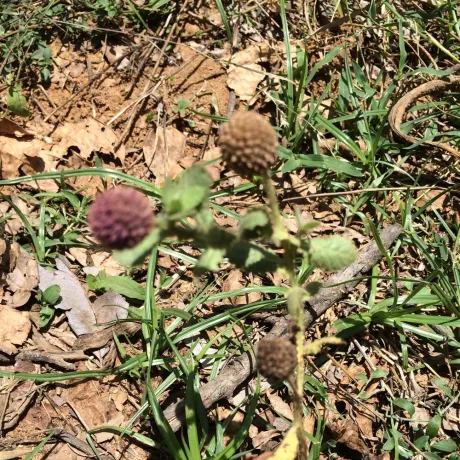It is mentioned as Sravani in the Brihat Trayi texts. Sravani and Maha-Sravani are the two varieties mentioned in the literature. Caraka considered Maha Sravani as Alambusha and Dalhana considered Kulahala as Mundi (Sravani).
Thakurji is of the view that both varieties of Sravani are described together in C.S.Vi. 8/146 and this view is not accepted by Cakrapani. There fore Kulahala may be Blumea species.
More over, Sravani and Maha-Sravani have also been mentioned as two varieties of Soma-like powerful drugs. The Himalayan species of Polygonum or Blumea species with Mundi like flower heads may be surveyed and examined for their possible sources. As on date many consider S. indicus as Sravani (Mundi) and S. africans Linn as Maha-Sravani Linn.
Botanical Description – It is an annual herb which grows upto 30 cm. height. Its flowers are violet coloured.
Major Chemical Constituents– Sphaerene, sphaeranthol, sphaer-anthine, etc.
Part Used– PaÛcŒÛga
Dosage– Fresh juice 10-20 ml; decoction 50-100 ml.
Research–
7Hydroxycudesm-4-en-6, 12-olide exhibited antimicrobial activity (J. Chem. Res., Synop. 1989, 68).





Reviews
There are no reviews yet.